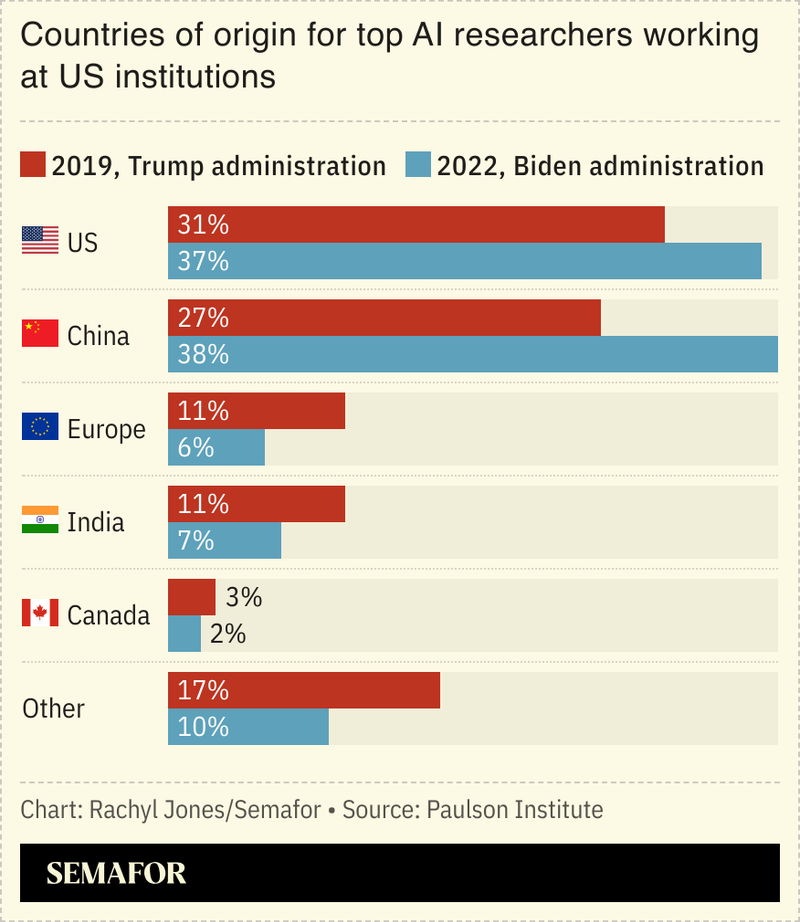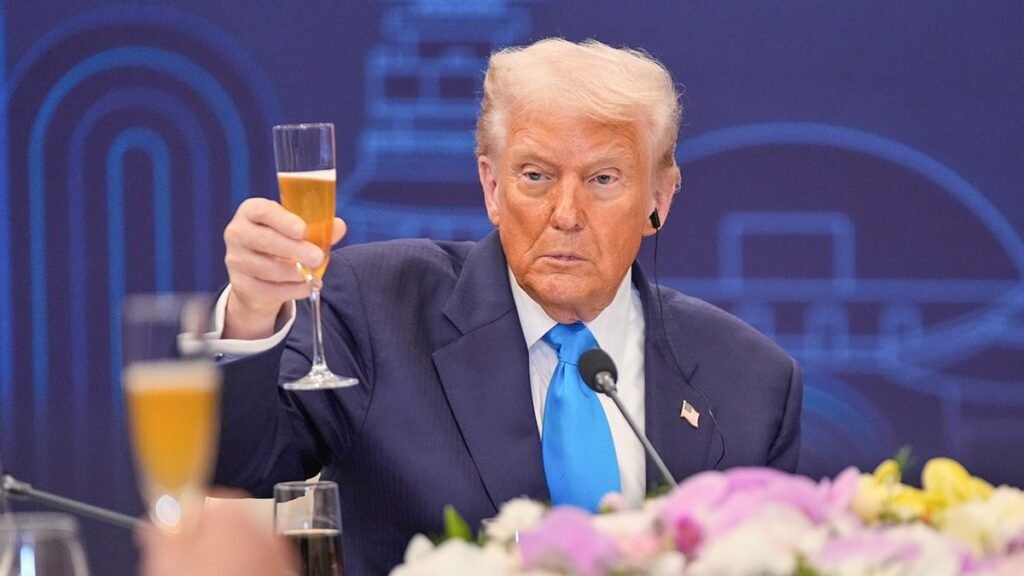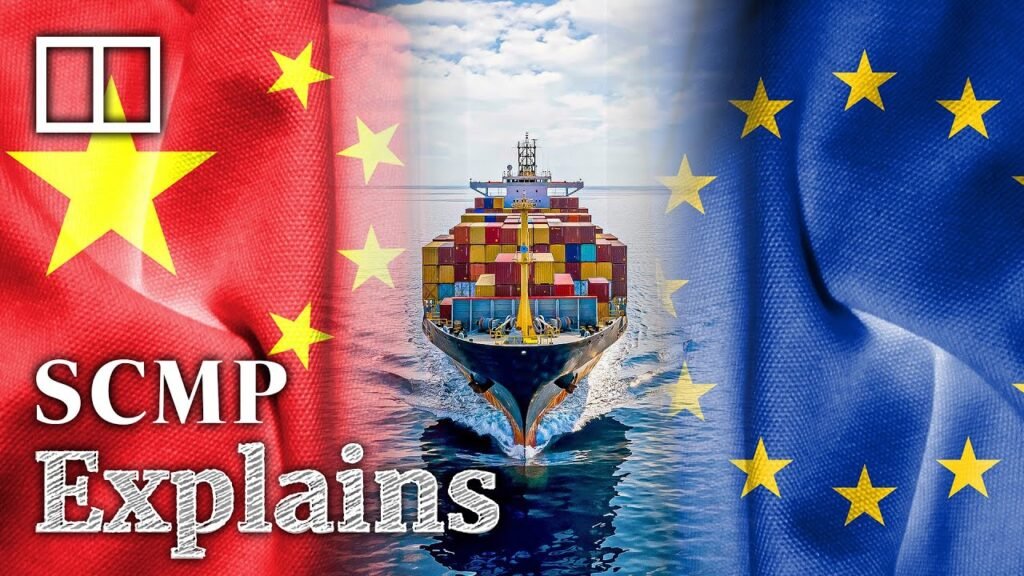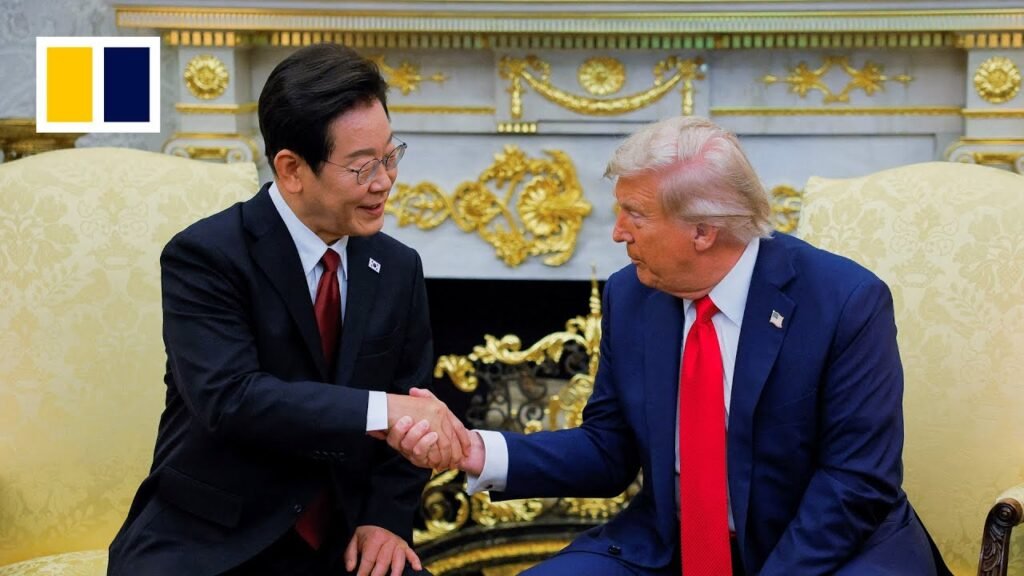For over two decades, the basic firmware booting up most computers—BIOS and its modern successor, UEFI—has remained largely untouched territory. Embedded deep in the motherboard, these systems quietly initialize the machine before the operating system ever loads. Invisible to most users, they’ve long served as the gatekeepers of computing. And almost all of them, regardless of the country of manufacture, trace their roots back to Western-designed standards, governed by ecosystems centered on Intel, Microsoft, and a handful of U.S.-based industrial consortia.
Now, China wants out.
This month, a coalition of thirteen Chinese tech firms, led by Huawei and coordinated through the Global Computing Consortium (GCC), introduced uBIOS—a ground-up rewrite of PC firmware designed not just to replace legacy BIOS systems but to sever China’s dependence on U.S.-controlled technology at a foundational level. The GCC’s technical specification, officially named T/GCC 3007–2025, presents uBIOS (Unified Basic Input Output System) as a national standard. But under the surface, it represents something far bigger: a strategic pivot in global computing sovereignty.
Though it’s been years in the making, the timing of uBIOS’s release is no coincidence. With trade tensions simmering and access to advanced semiconductors increasingly restricted, China has doubled down on a campaign to control every layer of its digital infrastructure—from chips and operating systems to firmware and cloud platforms. At the heart of this push is Document 79, a 2022 government directive that mandates the elimination of foreign tech dependencies in critical computing systems by 2027.
Engineering Independence, Line by Line
Unlike previous Chinese efforts to “domesticate” foreign technologies through adaptation or forked versions, uBIOS does not borrow from UEFI or TianoCore, the open-source reference implementation developed by Intel. Instead, Chinese engineers claim to have built the firmware from scratch, optimized for distributed architectures, heterogeneous processing, and non-x86 platforms like ARM, RISC-V, and LoongArch—China’s own CPU architecture.
According to a detailed report by Tom’s Hardware, uBIOS is described as a complete departure from traditional firmware structures. It is designed to support chiplet architectures, enable heterogeneous computing, and decouple tightly integrated hardware-software dependencies that have long defined Western systems. The standard was drafted in collaboration with key institutions like the China Electronics Standardization Institute, Byosoft, and Kunlun Tech, under the leadership of Huawei.
Meanwhile, a technical deep-dive published by MyDrivers reveals that uBIOS introduces a low-coupling modular architecture, abstract layers for hardware interoperability, and is built with future-proofing in mind. It is explicitly structured to bypass UEFI’s shortcomings, such as bloated codebases, poor adaptability to non-x86 environments, and an overreliance on legacy Intel- and Microsoft-centric ecosystems.
A Quiet Dismantling of the Western Computing Stack
In geopolitical terms, uBIOS may be the most consequential layer of code you’ve never heard of. Its launch complements other major steps in China’s broader technology sovereignty playbook. These include the rollout of Kylin OS and UOS (Unity Operating System), domestic Linux-based platforms developed to replace Windows in government and defense systems, and the accelerating production of SMIC’s 7nm chips, which were once believed out of reach due to U.S. export controls.
As of 2025, China remains one of the largest consumers of server infrastructure globally, especially as it races to build out AI training clusters amid fierce competition with the U.S. The ban on NVIDIA GPUs, introduced by the Biden administration in 2023, has forced Beijing to pivot fast—both upward to high-performance chip design, and downward to firmware. Control of both ends is seen as critical.
“Firmware is the last frontier of computing sovereignty,” said Dr. Lin Wei, a cybersecurity fellow at Peking University’s Institute for Informatics. “Operating systems can be swapped out. Hardware can be domestically produced. But firmware has always been assumed, never questioned—and that’s where the risk lives.”
How Long Until It Spreads?
Whether uBIOS sees mass adoption outside of China is uncertain. For now, its targets are clear: domestic servers, government systems, and industrial PCs—segments where Beijing has direct influence. But the modular architecture and multi-platform support suggest it’s been designed with a broader rollout in mind.
Unlike the U.S., which relies on a patchwork of private-sector consortia, China can enforce technical standards through state policy. This gives it a strategic edge when coordinating complex tech transitions. And once these standards reach scale, they become increasingly hard to ignore.
There’s precedent. In 2020, China set a target for domestic software adoption in government and military systems. Within two years, over 90% of municipal procurement contracts favored Chinese vendors, according to a study from Carnegie Endowment. If uBIOS follows a similar trajectory, its influence could extend beyond China’s borders—especially into regions seeking alternatives to U.S.-aligned tech stacks.
The Global Computing Conference in Shenzhen next month will host the formal unveiling of uBIOS’s technical specifications, where the GCC is expected to present detailed implementation frameworks. For now, the world’s most foundational computing layer—once stable, overlooked, and invisible—is suddenly geopolitical. And very much in play.








